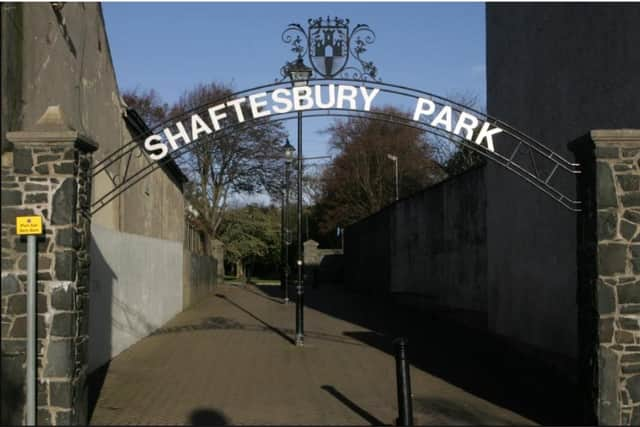Community archaeological group plans excavation of Carrickfergus park
and live on Freeview channel 276
The borough council’s Neighbourhoods and Communities Committee has given the go-ahead for an excavation in the park which is part of a three-year archaeological heritage programme. The initiative is being organised by the Community Archaeological Programme Northern Ireland based at Queen’s University Belfast.
The aim of the programme is to “inspire and engage diverse communities with their local archaeological heritage designed to enable the public to participate in archaeological fieldwork”. The proposed Carrickfergus project is subject to a successful funding bid.
Advertisement
Hide AdAdvertisement
Hide AdThe programme will involve 12 community excavations, 12 surveying “field schools”, school visits and guided heritage walks supported by six online modules. The council anticipates the programme will “create a compelling tourism proposition by investing in the development and promotion of our unique cultural, arts and heritage assets”.


Before excavation can commence, a licence to dig must be obtained from the Department for Communities Historic Environment Division and the ground must be returned to the “best condition possible” afterwards. Councillors have been told commemorative trees have been planted in the park and these areas must be “avoided so as not to cause upset to families”.
In 2019, a community excavation led by the Community Archaeological Programme Northern Ireland took place at Moira Demesne, described as “an important estate and big house”, known as Moira Castle, in the 18th century. The excavation was carried out in partnership with the Irish Linen Centre and Lisburn Museum.
Glazed Pottery
The Georgian house and ancillary buildings were abandoned and subsequently demolished by 1830. The demesne is now the site of a public park owned by Lisburn and Castlereagh City Council. Among the 18th century finds recovered from the excavation were a coin from 1773, glazed pottery, floor and roof tiles, window and bottle glass, perforated roof slates, iron nails and other metalwork, fragments of clay tobacco pipes, and animal bones and oyster shells (the remains of people’s meals).
Advertisement
Hide AdAdvertisement
Hide AdCommenting online, the Centre for Community Archaeology described the excavation in Moira as “a huge success”. “It proved that that substantial portions of historic masonry and other features from the 18th century estate, and also features from earlier periods, survive just below the modern surface of the park.”
Carrickfergus Castle DUP Alderman Billy Ashe MBE proposed the Neighbourhoods and Communities Committee approved the recommendation to permit the use of Shaftesbury Park to carry out a community dig saying: “I think this is a fantastic opportunity.”
His proposal was seconded by Carrickfergus Castle Alliance Councillor Lauren Gray who asked for communication to be provided about proceedings in the park.
In 2014, an archaeological excavation was undertaken by the Centre for Archaeological Fieldwork, School of Geography, Archaeology and Palaeoecology, Queen’s University Belfast, at the outer ward of Carrickfergus Castle on behalf of the Northern Ireland Environment Agency. An archaeological excavation carried out in 1993 revealed that construction of the castle commenced between 1177 and 1181.
Michelle Weir, Local Democracy Reporter
